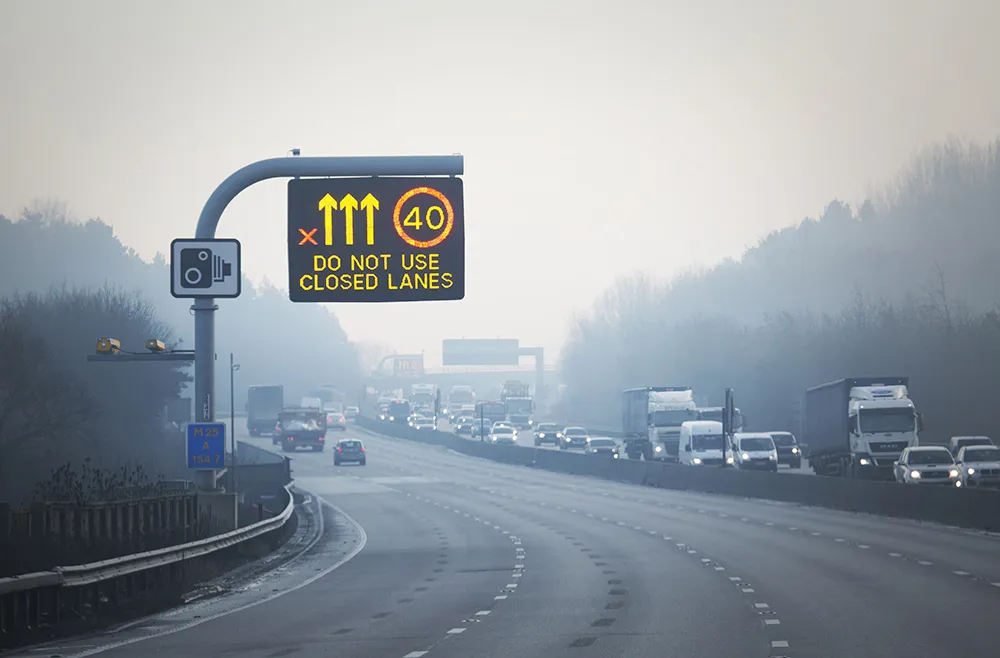My campaign starts here: I think it's time that we should stigmatise those that are single.
February 27, 2012
Read time: 3 mins

My campaign starts here: I think it's time that we should stigmatise those that are single. The police and other authorities should immediately remove from our streets all those not engaged in a mutually beneficial relationship.
Before you start to question my new-found (and probably ill-advised) interest in eugenics, I should explain that I'm not talking about humans.
As far as I'm concerned, the romantically displaced can remain as free as they like to stare longingly through the misted windows of restaurants, or else gaze wistfully after couples who pass, hand-in-hand, oblivious to all else around them. It's not for me to change the order of such things and, besides, the breweries need all the help they can get in the current economic climate.
No, I'm more concerned with single application technologies. Many of these are fast becoming anachronisms. Moreover, they are unnecessary drains on capital and operational budgets, and it's time that some of those with the ability to change things recognised the fact and surrendered to the process of evolution.
We've achieved technical excellence. Embrace that statement: in nuts and bolts and bits and bytes terms, we now have pretty much all that we need to do what we want to in terms of making our road networks safe and efficient. It's taken us time and money but we're already there; it's journey's end, just look around you.
How galling it is then that much of the intelligence in our intelligent transport systems is stymied by how we currently operate.
Okay, some expect Moore's Law to have an unfavourable encounter with all that is physically possible in a decade or so. Equally, history is littered with examples of the insurmountable becoming entirely possible. That's perhaps a conversation to have with the Futurists - some of whom are probably single and would be happy to discuss it with you over a glass or three.
We set out to be wilfully dumb. I'd go as far as to say that the attitude of many of our legislators is pernicious. I can't go as far as to say wilfully so but I will say this: one of the responsibilities of those who set our laws should be to become as widely read as they can on the world around them. They shouldn't look to only deal with that which is placed before them. Technology might not have quite reached the point of omnipotency but it no longer allows us, reasonably, to exist in silos of thinking and/or operation.
With governments at all levels screaming out for efficiencies, can we not therefore take our eye off the technology for a moment? Nature abhors a vacuum. So does technological development. In other words, the technology will take care of itself as developers and producers continue to vie for advantage and market share - and it could well be that those providing the solutions aren't familiar entities. Cees de Wijs makes just such an observation when he talks about whether stimulus funding has worked or not in the interview on pp.14-15 of this edition.
So is it time for another evolution to take place? Should not our technology advisers become technology-minded legal advisers? There's a very good case for not having to wait a million years for this to happen.
Before you start to question my new-found (and probably ill-advised) interest in eugenics, I should explain that I'm not talking about humans.
As far as I'm concerned, the romantically displaced can remain as free as they like to stare longingly through the misted windows of restaurants, or else gaze wistfully after couples who pass, hand-in-hand, oblivious to all else around them. It's not for me to change the order of such things and, besides, the breweries need all the help they can get in the current economic climate.
No, I'm more concerned with single application technologies. Many of these are fast becoming anachronisms. Moreover, they are unnecessary drains on capital and operational budgets, and it's time that some of those with the ability to change things recognised the fact and surrendered to the process of evolution.
We've achieved technical excellence. Embrace that statement: in nuts and bolts and bits and bytes terms, we now have pretty much all that we need to do what we want to in terms of making our road networks safe and efficient. It's taken us time and money but we're already there; it's journey's end, just look around you.
How galling it is then that much of the intelligence in our intelligent transport systems is stymied by how we currently operate.
Okay, some expect Moore's Law to have an unfavourable encounter with all that is physically possible in a decade or so. Equally, history is littered with examples of the insurmountable becoming entirely possible. That's perhaps a conversation to have with the Futurists - some of whom are probably single and would be happy to discuss it with you over a glass or three.
We set out to be wilfully dumb. I'd go as far as to say that the attitude of many of our legislators is pernicious. I can't go as far as to say wilfully so but I will say this: one of the responsibilities of those who set our laws should be to become as widely read as they can on the world around them. They shouldn't look to only deal with that which is placed before them. Technology might not have quite reached the point of omnipotency but it no longer allows us, reasonably, to exist in silos of thinking and/or operation.
With governments at all levels screaming out for efficiencies, can we not therefore take our eye off the technology for a moment? Nature abhors a vacuum. So does technological development. In other words, the technology will take care of itself as developers and producers continue to vie for advantage and market share - and it could well be that those providing the solutions aren't familiar entities. Cees de Wijs makes just such an observation when he talks about whether stimulus funding has worked or not in the interview on pp.14-15 of this edition.
So is it time for another evolution to take place? Should not our technology advisers become technology-minded legal advisers? There's a very good case for not having to wait a million years for this to happen.










